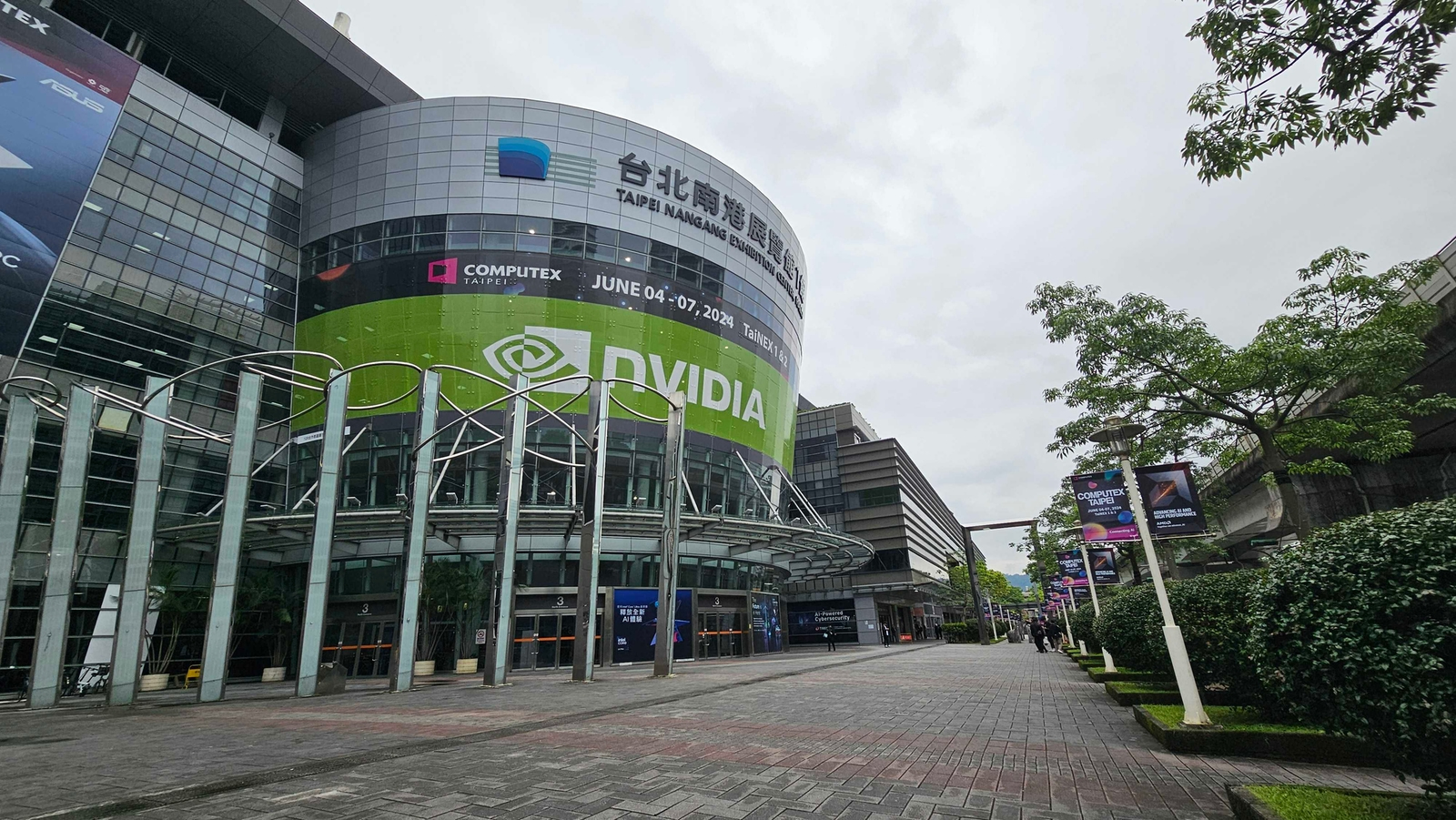
Computex 2024 is in full swing, and as we saw yesterday, the big guns were out with announcements from Nvidia, AMD, and Qualcomm. Today, we've seen Intel go all-in with its Lunar Lake architecture for next-generation processors. The company is promising significant IPS gains, especially for its E-cores. Along those same lines, the MSI Claw 8 AI+ will be the first handheld gaming console to use the chips.
There's also some big news from Team Group on the PCIe 5.0 SSD front, and both Arm and Qualcomm are talking about the vast market share potential for Arm chips in the PC market.
So, without further ado, let's get to the action happening in Taipei
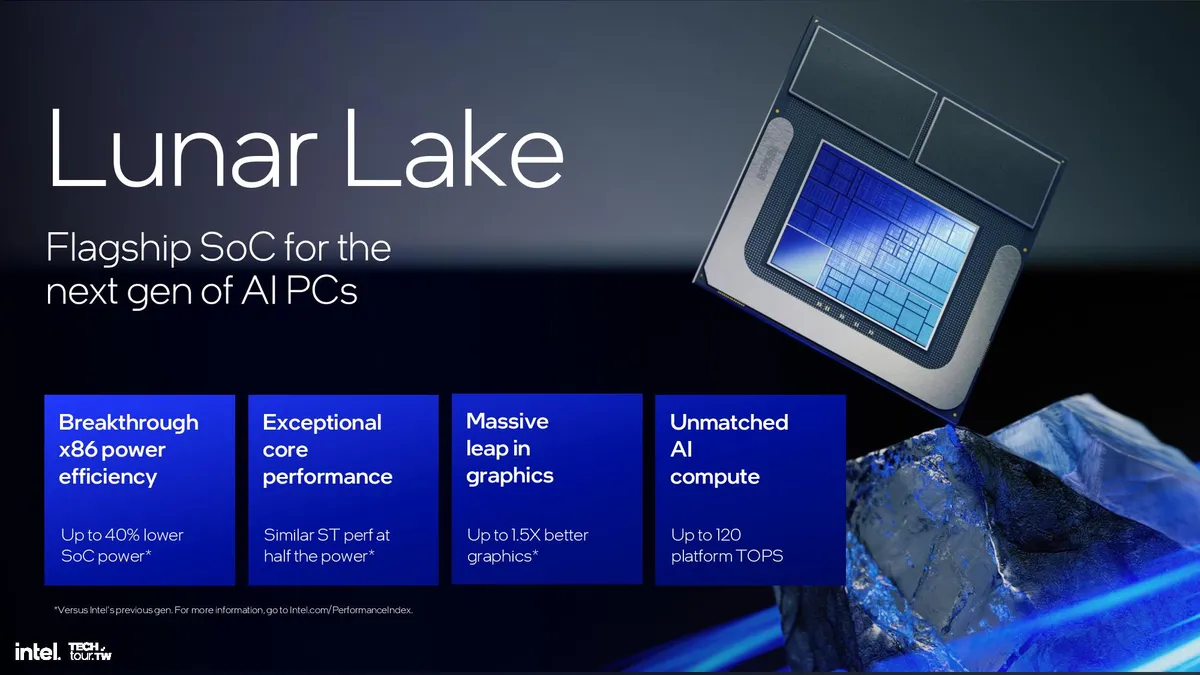
Intel's Mobile Computing Future Depends on Lunar Lake Intel looks to challenge AMD and Arm with its next-generation processors based on Lunar Lake
The laptop market is a massive business for chipmakers, which explains why Intel is so heavily invested in its Lunar Lake architecture. Intel is aiming for big gains in performance-per-watt, and as such, its P-cores will see IPC gains in the mid-teens, while the E-cores will see an even more dramatic uplift of up to 68 percent. But that's not all; Intel also claims a 50 percent improvement in integrated graphics performance, powered by Xe2.
You can't shake a stick in Taipei without hitting a product tagged with "AI." Intel is no exception, thanks to its new Neural Processing Unit (NPU) for AI tasks, which promises up to 48 TOPS of performance. We should also note that Lunar Lake's compute tile (CPU, CPU, NPU) is built on TSMC's 3nm N3B process node and that PC will support either 16GB or 32GB of on-package LPDDR5X-8500 memory.
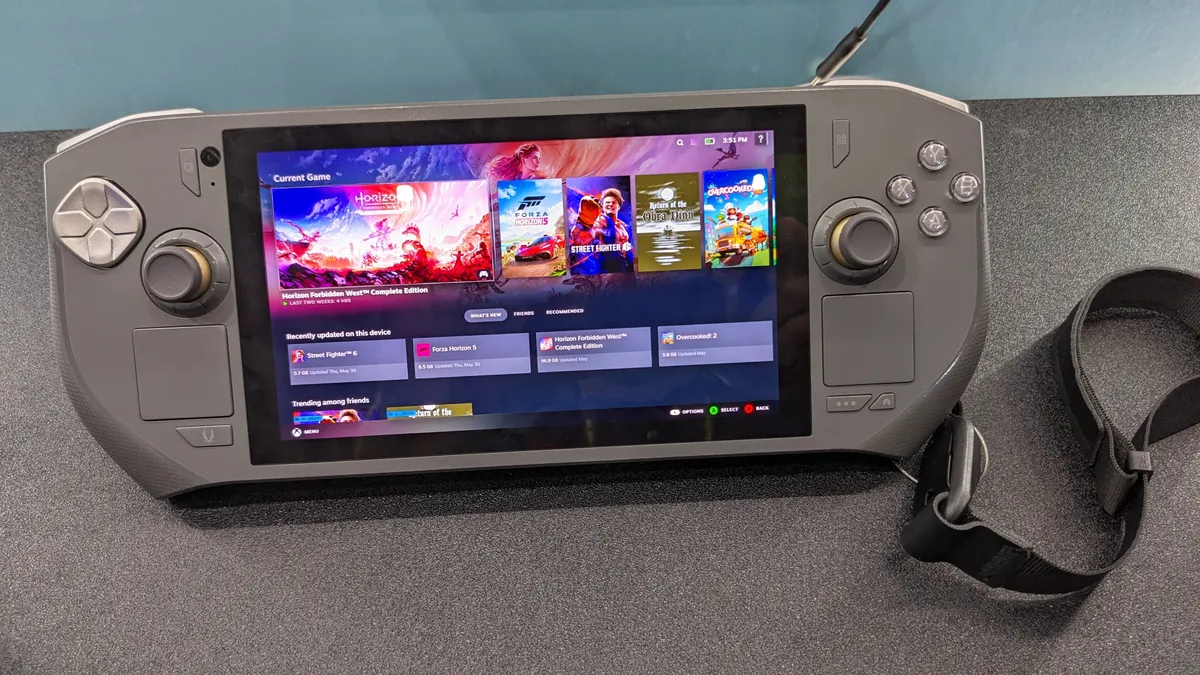
OEMs Continue to Embrace Handheld PC Gaming Consoles
MSI hopes to flex its handheld console muscle with the Claw 8 AI+, which we saw up close at Computex. This is the first device of its kind to embrace Intel's Lunar Lake processors, and its main focal point is the 8-inch display. According to MSI, it has a resolution of 1920 x 1080 and a 120 Hz refresh rate. Compared to its predecessor, MSI has bumped the battery capacity from 53 WHr to 80 WHr, which should lead to longer runtimes (which is always a key sticking point with handheld consoles).
Not to be outdone, Zotac's Zone is equally impressive, thanks to its 7-inch 120 Hz AMOLED display that promises rich colors and deep black. An AMD Ryzen 7 8840U APU powers the console. The device features an integrated kickstand and a trick switch that allows you to adjust the "springiness" of the trigger buttons (which is a nice touch).
- MSI's Claw 8 AI+ is first Lunar Lake handheld gaming console, comes in Fallout-themed version
- Zotac's Zone handheld gaming PC has adjustable triggers, eye-popping AMOLED display
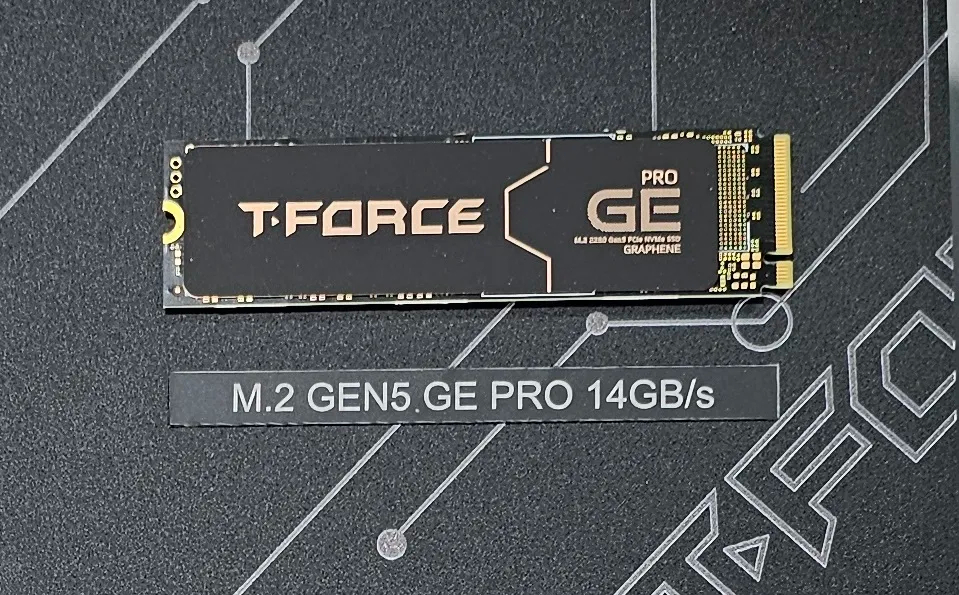
Even PCIe 5.0 SSDs are Jumping on the AI Bandwagon
Team Group is a big name in the SSD market, and the company was on hand at Computex 2024 to show off its latest products. The new T-Force GE Pro line is earmarked for the enthusiast crowd and promises sequential reads of 14,000 MBps and sequential writes of 11,800 MBps thanks to its Innogrit IG5666 controller.
However, perhaps the most interesting entry is the T-Create I54 Ai. Team Group states this SSD is specifically tailored for the generative AI market. The company claims low latency., SLC caching, and capacities of up to 4TB while offering sequential read speeds of up to 14,000 MBps.
For those wanting a high-speed external drive, Team Group also took the wraps off its T-Force M400, a USB4 Type-C SSD available in up to 4TB capacities. The external SSD is no slouch, with sequential read/write speeds of 3,700 MBps and 3,400 MBps, respectively.
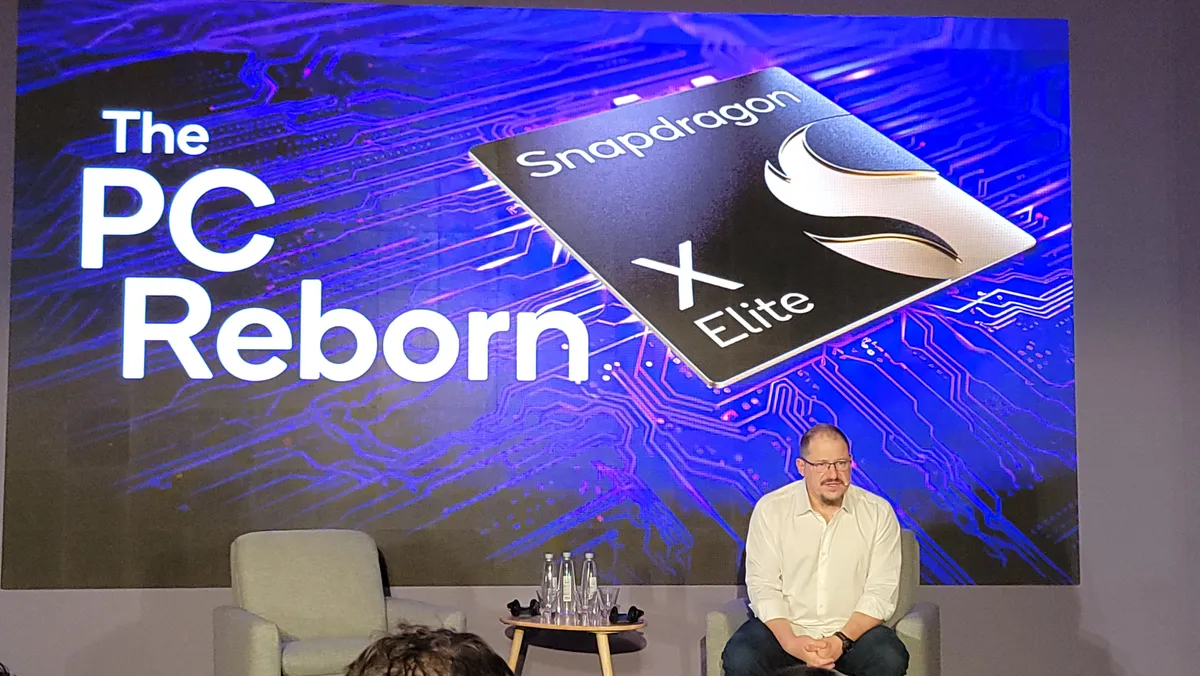
Arm and Qualcomm Have High Market Share Expectations for Windows 11 PCs with Arm Chips in the Coming Years
Earlier this week, Arm Holdings CEO Rene Haas raised some eyebrows when he proclaimed, "Arm's market share in Windows - I think, truly, in the next five years, it could be better than 50%." The Windows PC market has for years been locked down by Intel and AMD, so the notion that Arm chips could potentially carve out a 50 percent share
But despite the seemingly unsurmountable odds of reaching 50 percent market share before the decade's close, Qualcomm CEO actually called that figure "realistic."
- Arm Holdings CEO expects Arm chips to capture 50% or more of PC market space by 2029
- Qualcomm CEO says Arm taking 50% of the Windows PC market in five years is realistic
The Best of the Rest
- Cooler Master's MasterHUB takes a modular approach to control panels — the Stream Deck competitor will launch this summer
- Hyte shows off new coolers, lighting, internal USB header, promises RGB and fan control of anything plugged into motherboard headers
- Asus brings the lightning with hammer-shaped Mjolnir UPS, innovative Thor PSUs
- Cooler Master shows off programmable, mini arcade machine that sits on your desk
- DeepCool introduces new coolers, power supplies, fans and PC cases







